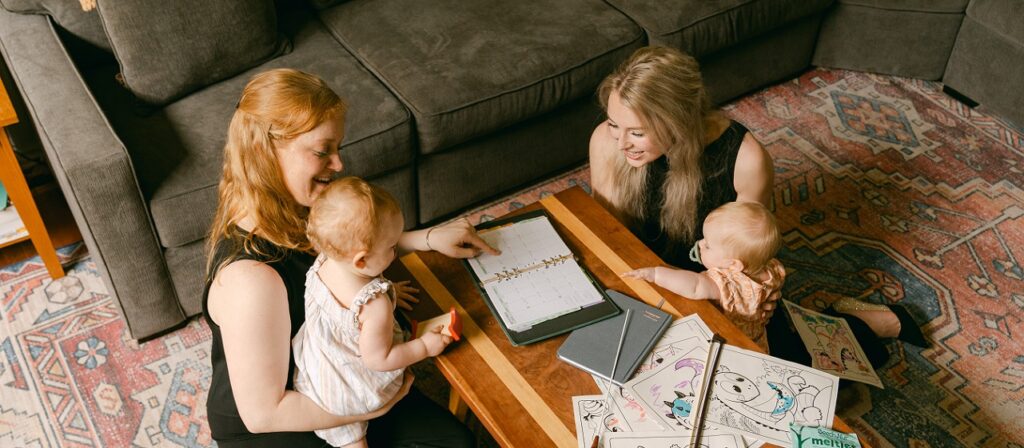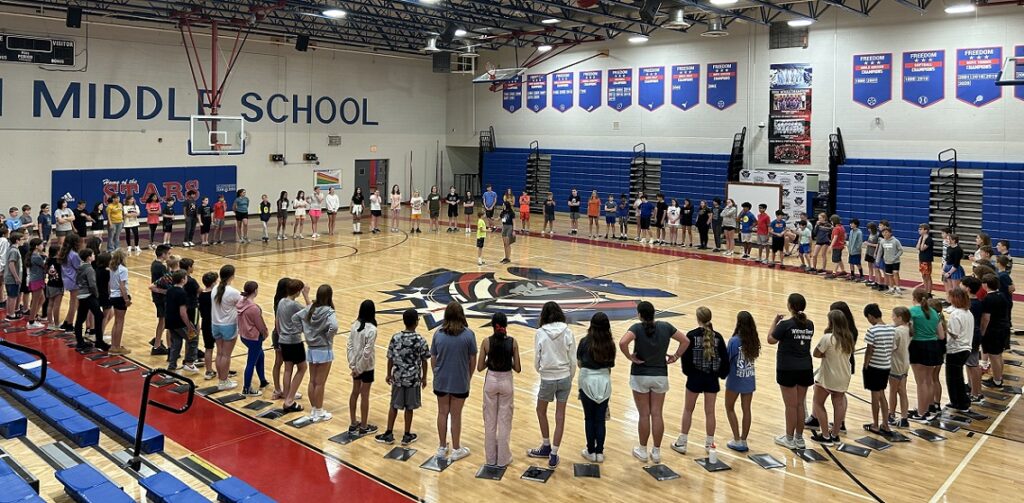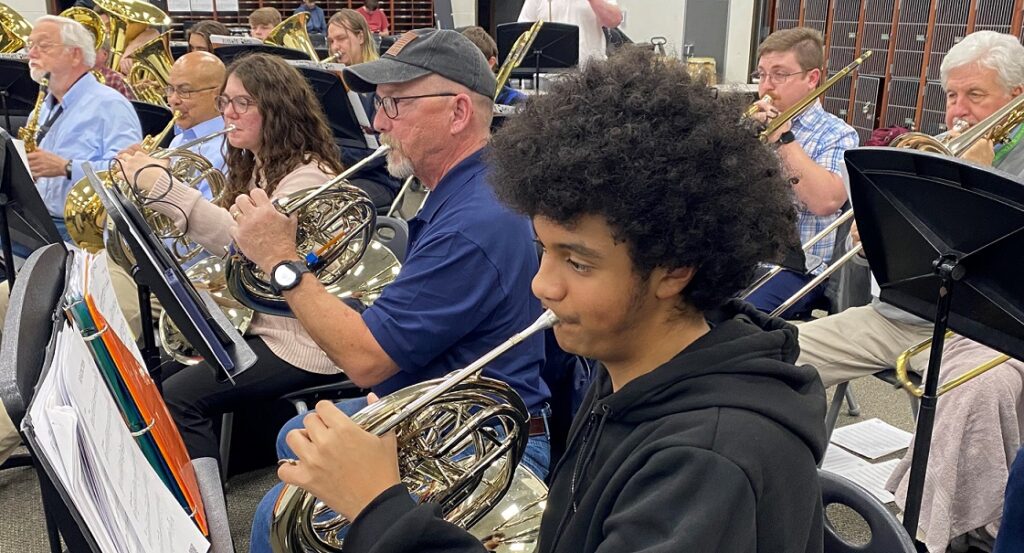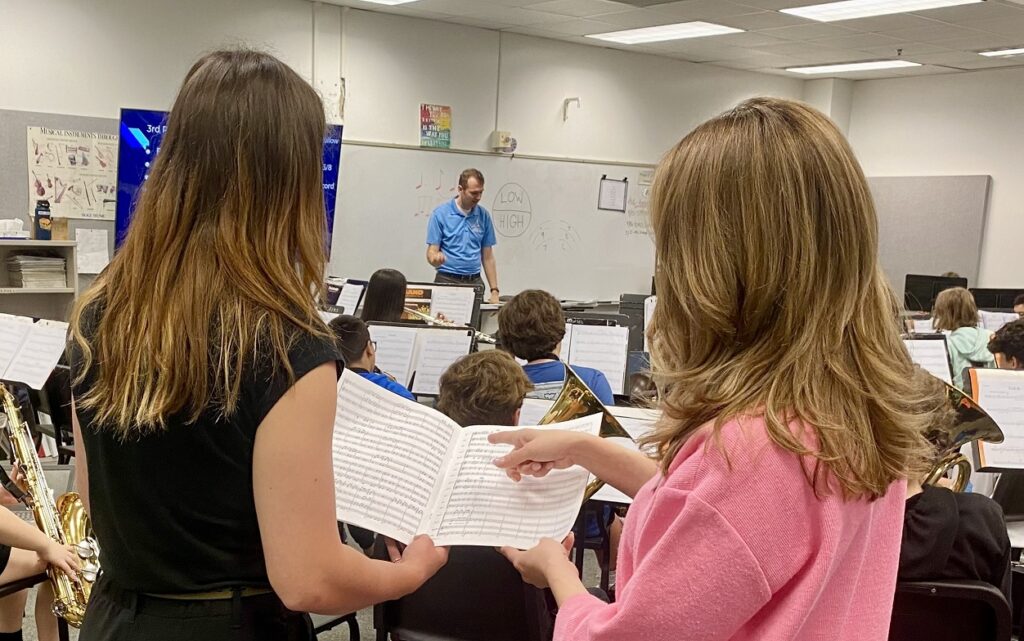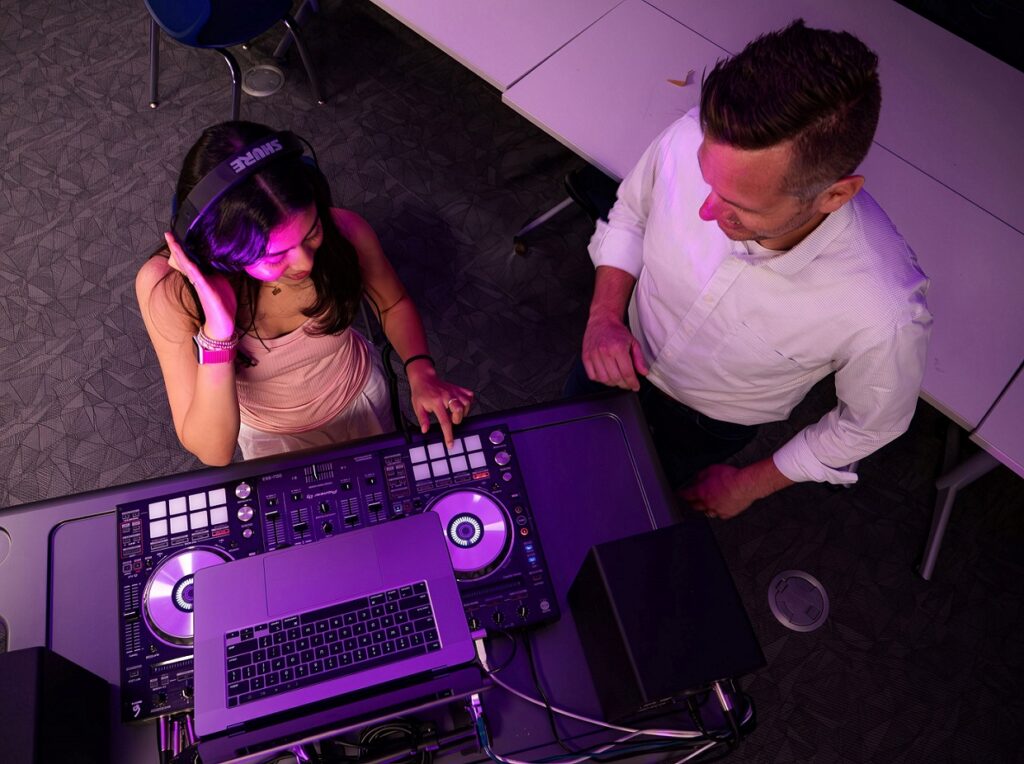Tagged Under:
Case Study: A Festival that Celebrates Soloists and Small Ensembles
The Solo and Ensemble Festival at San Elijo Middle School showcases the individual work ethic and skill that goes into a performance.
The idea of the Solo and Ensemble Festival started long before San Elijo Middle School was even built.
It was the brainchild of Mr. Charlie McGhee, who at the time was the band director at San Marcos Middle School. He wanted to highlight students and give them a chance to perform outside of the full band experience. In 2002, he worked with some solo and ensemble groups during the year and had them perform at the end-of-the year concert in between the large bands.
When San Elijo Middle School was built in 2004, McGhee became the director there and brought this idea with him. He started a small festival for the students at San Elijo, which included judges and ratings. This event has now become a strong tradition for our music program, incorporating both vocal and instrumental musicians.
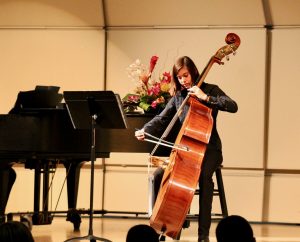 Finding Repertoire for Ensembles and “Oddsembles”
Finding Repertoire for Ensembles and “Oddsembles”
Starting as early as October, students ask for solo and ensemble music with excitement. Solos, duets, trios, quartets and larger ensembles are all welcome at the festival. We encourage most students to only participate in a maximum of two ensembles as we have found that “less is more” with younger musicians.
Regarding solo repertoire, we have many middle-school-level solos in our music library. If a student has a solo piece in mind, it needs to be approved by my co-director, Shannon McInnis, and me to ensure maximum educational value and success for the musician.
For a majority of the ensembles, students create the groups and then we adapt the music to their ensembles. Sometimes it is a clarinet trio or brass quintet, which is easy to find music for. Sometimes a group is what we fondly call an “oddsemble,” which can be anything from a bass trombone and flute duet to a vocal, French horn and piano trio. This year, we had a quartet made up of two mallet players, an oboe and an alto sax.
For these “oddsembles,” we take a trio or quartet written for like instruments and rearrange the orchestration, sometimes changing octaves or key signatures to make it more accessible for the students. It is time-consuming but when you see it all come together and how much fun the students have performing with their friends, it is worth it.
We often have students with high-level piano skills accompany our soloists so that they can showcase their musical skills in ways they usually cannot in band or choir class. Some of our students also play different instruments that may not be offered through our music program, such as violin or ukulele. We encourage these students to play their instruments at the festival as a way to, again, showcase their skills but also broaden their musical education and awareness.
Festival Venues
Now, 20 years later, the Solo and Ensemble Festival at San Elijo Middle School is bigger than ever with three schools participating and sometimes over 100 different solos or ensembles performing. Creating the performance schedule is a giant puzzle, making sure students in multiple groups do not overlap and have enough time in between performances to regroup before their next performance.
Our school’s PAC, gym and library are transformed into three performance venues for the festival. The baby grand piano is tuned set up along with our orchestral sound shells on the PAC stage. The PAC is where most solos and percussion groups perform because soloists are often accompanied by a pianist, and because the stage is located near the band room for access to percussion instruments.
The library is smaller and more intimate, which is perfect for small ensembles. The gym is used mostly for vocal performers because the acoustics are great for vocal sound projection.
Finding the right venue for each group is important and can help young students perform better with more confidence.
 Day of the Festival
Day of the Festival
Our music community is vital to the success of the festival, and we rely on the help of our music families to keep things running smoothly. The festival is a great way for parents to see a little bit of the music world and support the music program without having to give up an entire day to volunteer.
As students arrive at the festival, our parent and student volunteers welcome them at check-in and share any information they might need. Once performers are checked in, they make their way to the band room to warm-up or to gather with their groups and prepare for their performance.
We hire judges, usually other band and choir directors we know from middle school to college level, to adjudicate the performances and give ratings. Each student receives a 5- to 10-minute clinic after their performance from a judge to pinpoint elements they can continue working on. Students also receive written feedback from a judge with a rubric and rating. Each performer is awarded a ribbon based on their rating as a token of their hard work. After their performance, students can collect their feedback and ribbons at the awards table.
There is also a small concession table with drinks and snacks for students staying for multiple performances, helping run the festival or staying in support of fellow performers.
Honoring Traditions, Building Community
Students from San Elijo Middle School who participate in the festival and receive a rating of superior then perform in our honor recital. At the recital, Mrs. McInnis and I select certain groups to perform at the Spring Concert as a tradition from the first years of the festival started by Mr. McGhee. Students are delighted to be chosen and take pride in their performance.
The Solo and Ensemble Festival gives so much to participating students not only educationally but also in the way of their self-confidence. When students are preparing for the festival, we encourage them to learn their parts individually, and if they are part of an ensemble, to meet once a week at lunch or after school to start piecing it together. Almost all rehearsals are student-driven, which develops strong musical skills and leadership qualities. Music coaches and directors will step in and provide guidance when needed or to help refine elements. For students working on solos, they are putting themselves out there, learning to push through performance nerves.
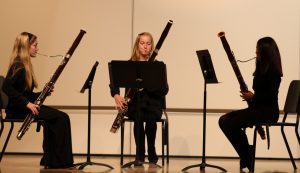 Our Solo and Ensemble Festival strengthens both our musicians’ skills and music community. Students involved often become leaders in their classes and are the most confident players in our ensembles. Rehearsing without a teacher helps them develop their critical thinking and analytical skills in music because they must break down why something isn’t working, lining up or doesn’t sound right.
Our Solo and Ensemble Festival strengthens both our musicians’ skills and music community. Students involved often become leaders in their classes and are the most confident players in our ensembles. Rehearsing without a teacher helps them develop their critical thinking and analytical skills in music because they must break down why something isn’t working, lining up or doesn’t sound right.
As for our music community, our administrators, teachers and parents become involved in something together that celebrates individual musicians. With large concerts and events, the audience sees large groups of students working together to create a final product. However, in the case of the Solo and Ensemble Festival, our music community sees the individual work ethic and skill that goes into a performance. This can be eye opening because they witness the details and courage of a solo and/or small ensemble performance.
Big things can come from small moments and that is what our Solo and Ensemble Festival does for our music program every year.











